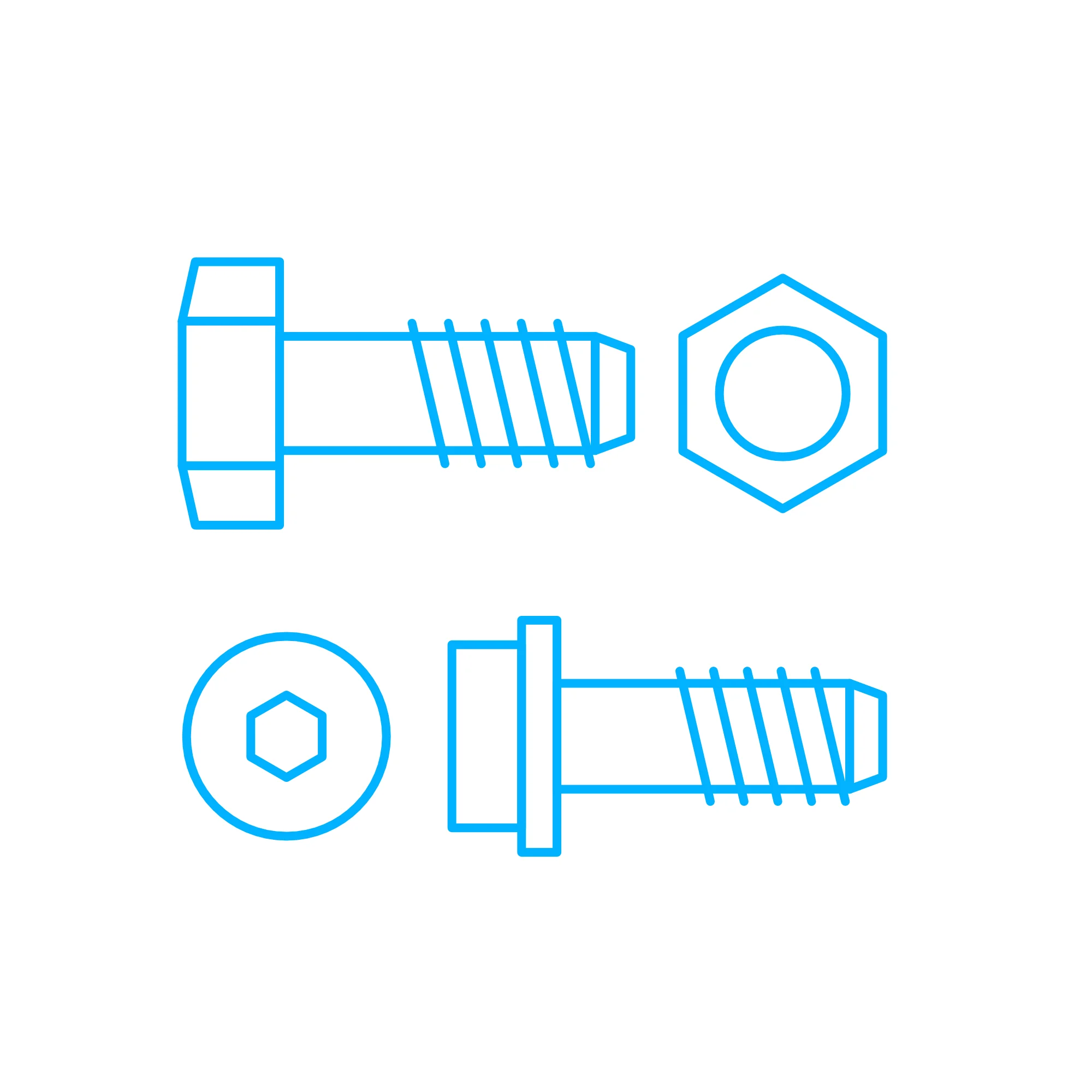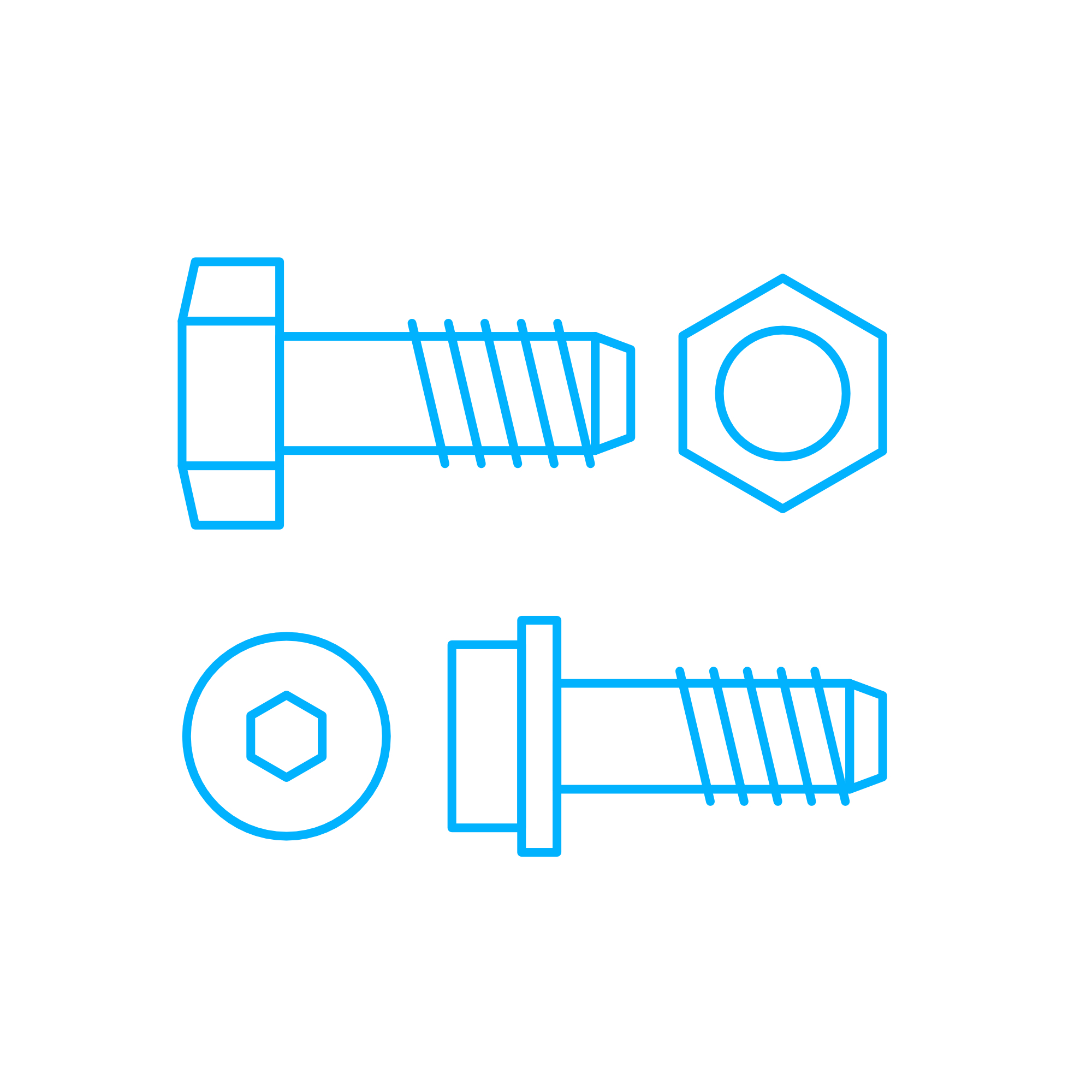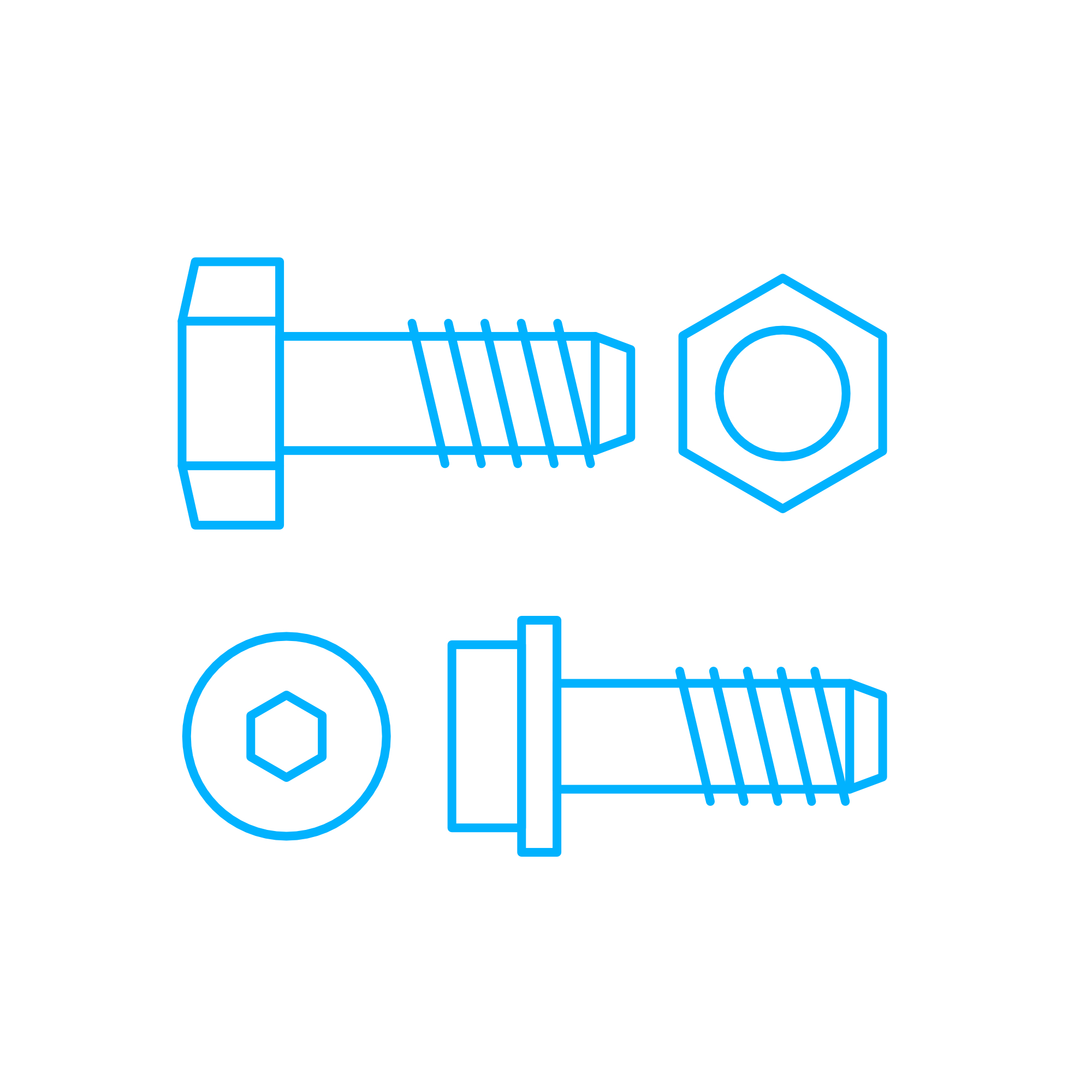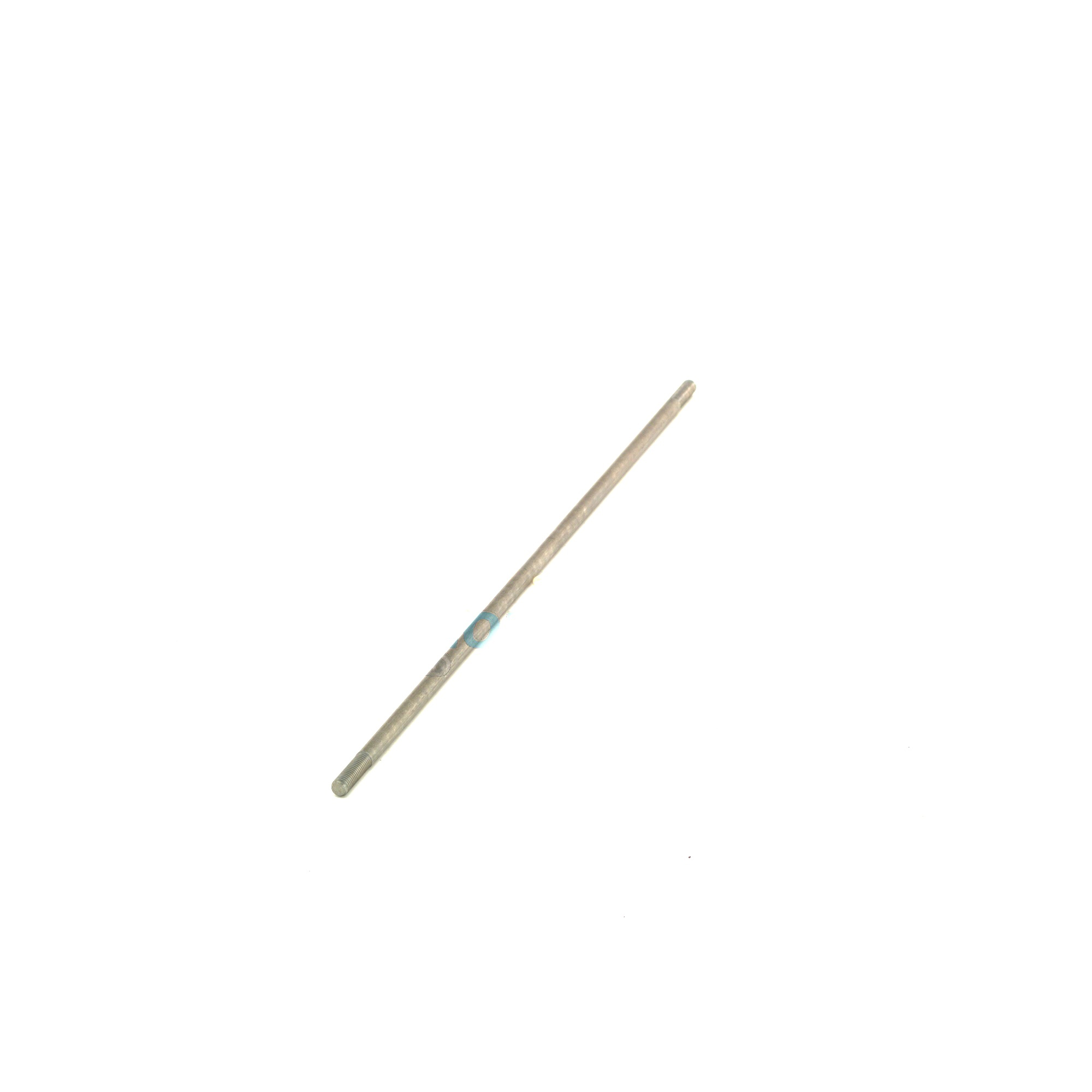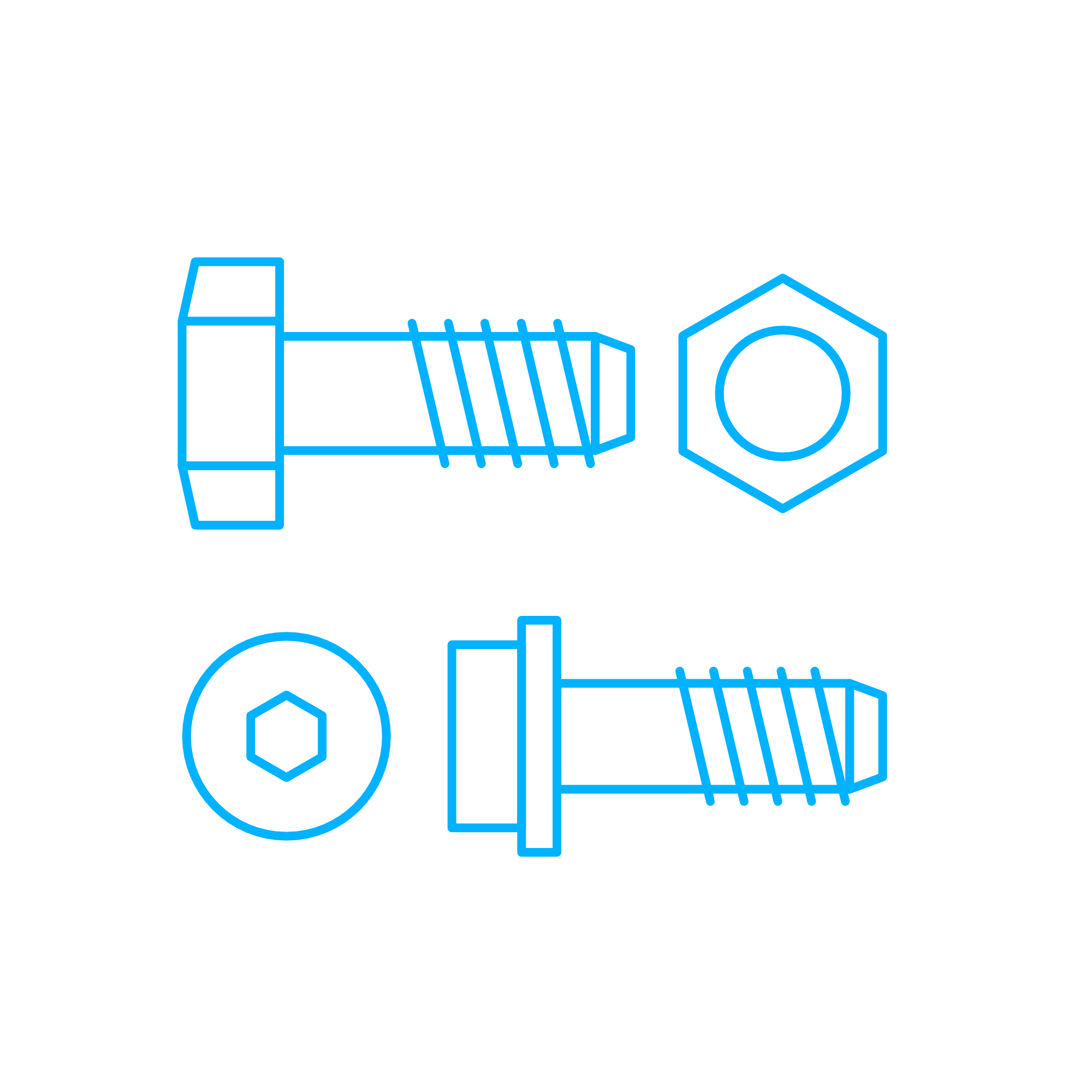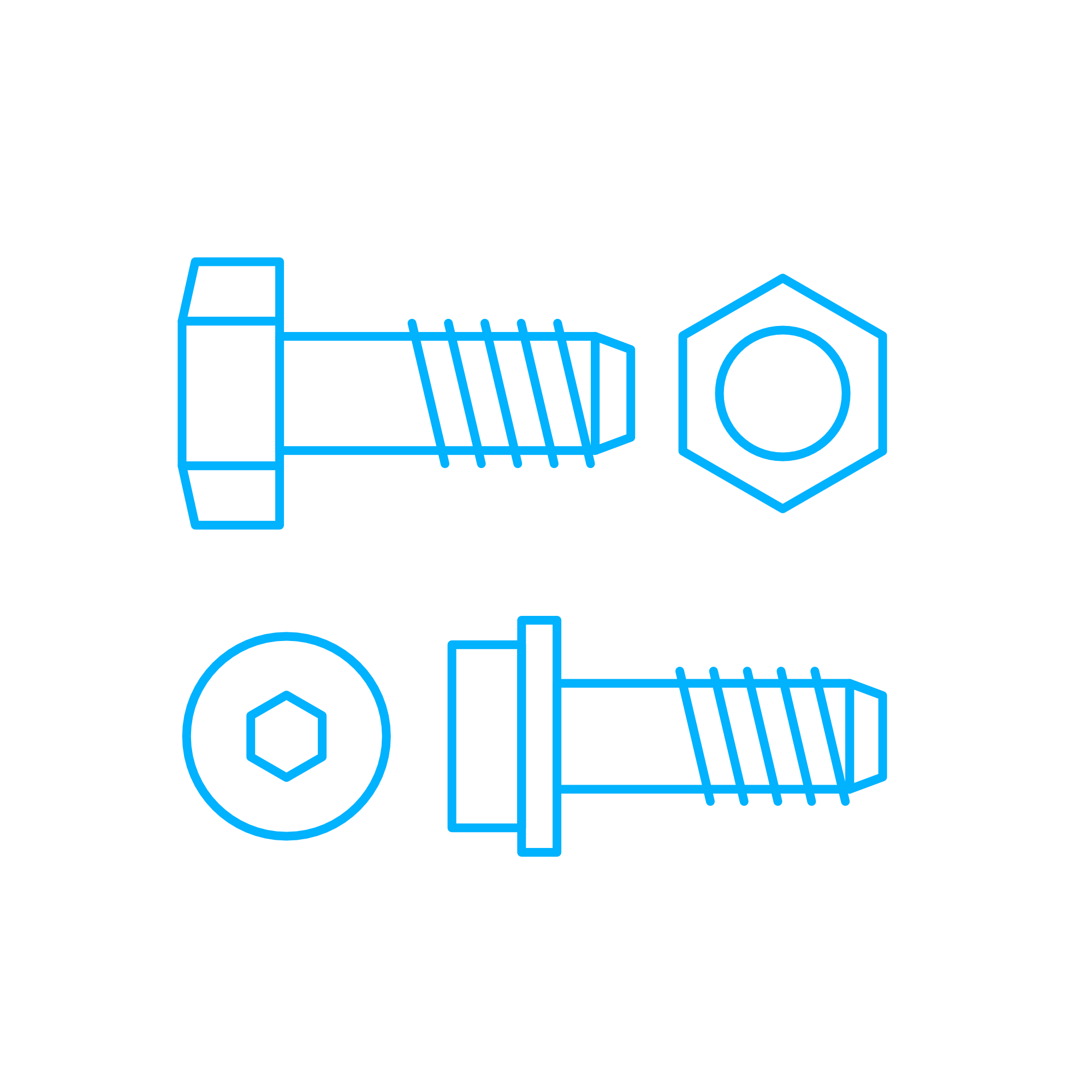THREADED ROD and Screws for Marine and Diesel Engines
Screws are precision fasteners that convert tightening torque into controlled clamping force. In every marine engine and diesel engine, they hold major assemblies together—from cylinder heads and main bearing caps to manifolds, pumps, and covers—while resisting vibration, thermal cycling, and dynamic loads. As part of the same fastening family, THREADED ROD is used where long engagement, fine alignment, or foundation anchoring is required. Together, screws and THREADED ROD form the backbone of secure engine joints that directly influence performance, efficiency, and uptime.
Because engines operate under high pressures and temperatures, screws must deliver consistent preload over thousands of hours. Material strength, heat treatment, thread quality, and surface condition determine how reliably a joint stays sealed and aligned. Specified fasteners—combined with proven tightening methods—protect gaskets, minimize fretting, and maintain geometries that are vital for combustion quality and bearing health.
Technical function of Screws and THREADED ROD in diesel engine and marine engine assemblies
The core function of a screw in an engine is to apply and retain preload. Proper preload clamps parts together with a force that exceeds operating loads, preventing joint slip, gasket blowout, and misalignment. In practice, this means the screw’s tensile capacity, thread geometry, lubrication state, and tightening procedure must work as a system. High-strength property classes (e.g., 8.8, 10.9, 12.9 per ISO 898-1) and precise ISO metric threads (typical tolerance 6g/6H) are chosen to achieve repeatable tension at the specified torque or torque-angle. Surface treatments—such as zinc-nickel or phosphate—control friction, improve corrosion resistance, and stabilize the torque–tension relationship.
THREADED ROD in a marine engine or diesel engine is typically used as a continuous-thread stud for foundation bolting, bedplate anchoring, and alignment tasks, or as long studs where components require deep engagement. In these cases, THREADED ROD OEM parts are paired with specified nuts and washers (flat, hardened, or wedge-lock) to maintain clamp load under vibration. Where required, torque-angle or controlled bolt-stretch methods are used to approach the elastic limit without exceeding it—ensuring maximum clamping with safety margin. For hot zones such as turbocharger and exhaust interfaces, screws may use heat-resistant alloys and locking devices (e.g., prevailing torque nuts, safety wire, or mechanical wedge-lock washers) to maintain preload despite thermal expansion.
Application-driven design and assembly practices
Engine screws are used in critical joints including cylinder head studs/nuts, main bearing cap screws, connecting rod bolts, flywheel and coupling interfaces, and accessory mounts. Design rules typically target an engagement length of 1.0–1.5× diameter in the parent material, with surface lubrication and clean threads to minimize friction scatter. Calibrated tools, documented tightening sequences, and re-tightening policies are essential to protect components and deliver consistent clamping force across multi-bolt patterns.
- · High tensile strength for reliable preload under dynamic loads.
- · Tight thread tolerances for repeatable torque–tension behavior.
- · Corrosion-resistant materials/coatings suited to marine environments.
- · Heat-resistant options for turbocharger and exhaust interfaces.
- · Multiple head types: hex, socket, flange, and set screws.
- · Compatible with THREADED ROD OEM parts for uniform assembly strategies.
- · Supports leak-free gaskets and precise component alignment.
- · Works with locking devices to resist vibration-induced loosening.
Why Screws are crucial for engine reliability and service life
Fastener integrity determines whether an engine stays sealed, aligned, and quiet. If screws lose preload or corrode, problems cascade quickly: oil and coolant leaks, combustion gas blow-by at the head gasket, warped manifolds, bearing misalignment, gear noise, and accelerated wear on rotating parts. In extreme cases, a fatigued or overstressed fastener can fracture, causing secondary damage to housings, liners, or rotating assemblies.
Routine inspections should look for thread damage, elongation, pitting, and heat tinting on screws from hot zones. Replacement at overhaul intervals with parts to the specified property class and coating prevents galling, restores designed clamp loads, and protects joint surfaces. For foundation and frame connections, THREADED ROD must maintain tension despite hull flex or baseframe movement—critical to keep shaft alignment and coupling runout within tolerance.
Advantages of OEM spare parts suitable for Screws and THREADED ROD OEM parts
Using OEM spare parts suitable for screws and THREADED ROD offers clear technical and commercial advantages. Drawings and specifications are matched for material grade, heat treatment, thread tolerance, and surface finish, so the fastener behaves as the joint designer intended. This precision ensures correct torque–tension conversion, supports documented tightening procedures, and maintains compatibility with mating components and gasket materials. The result is predictable preload, stable sealing, and longer service intervals.
For purchasers and fleet managers, this approach optimizes lifecycle cost. Consistent quality reduces rework, shortens dockyard time, and minimizes the risk of collateral damage from joint failures. Lot traceability, dimensional conformity, and test reports (e.g., 3.1 material certification where requested) provide documentation that many classification societies and safety audits expect—especially in marine engine applications.
MOPA: fast, high-quality, and secure supply of OEM parts for Screws and THREADED ROD
MOPA is an experienced partner in sourcing OEM spare parts suitable for screws and THREADED ROD for diesel and gas engines. Customers rely on short lead times, responsive quotations, and dependable global logistics that keep projects on schedule. Each delivery focuses on quality and security in trade: parts aligned with engine-maker specifications, thorough documentation on request, and careful handling to protect threads and surfaces.
Whether you need cylinder head studs, main bearing cap screws, exhaust fasteners, or THREADED ROD for marine engine foundations, MOPA supports both planned overhauls and urgent breakdowns with technical expertise and an extensive supplier network.
Conclusion: Screws and THREADED ROD for robust marine and diesel engines
Screws and THREADED ROD are fundamental to safe, efficient engine operation, delivering the clamping force that keeps assemblies sealed and aligned under harsh conditions. Selecting OEM spare parts suitable for screws and THREADED ROD preserves designed preload, extends service life, and protects budgets through predictable, reliable performance.

